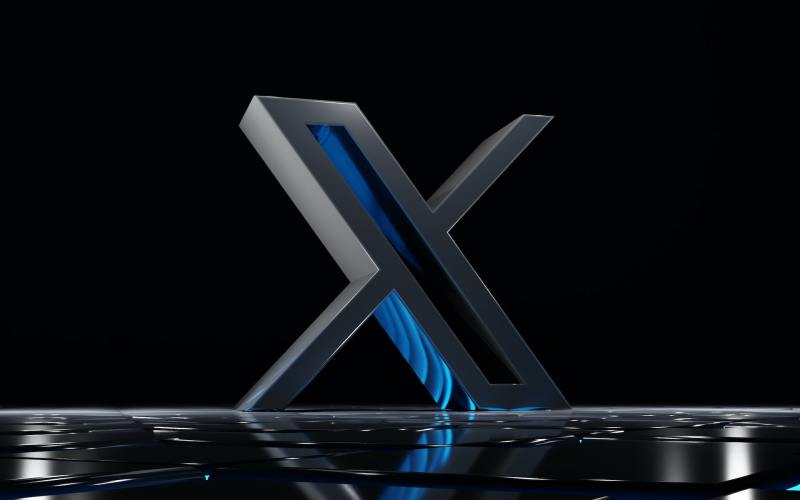Elon Musk's X Set to Innovate News Link Display, Headlines to be Hidden
August 23, 2023

In a bid to revolutionize how news links are displayed and enhance the visual aesthetics, Elon Musk's social media giant, X, formerly known as Twitter, is contemplating a move to remove headlines and descriptions from news links. This latest development was outlined in a report by Fortune, which stated that X plans to only showcase the URL and header image when a link is posted.
Elon Musk himself confirmed this innovative move in a post on the platform, stating that the idea was his own brainchild. Musk believes this change will "greatly improve the aesthetics" of posts on X. As it stands, when a news article or blog post is shared on X, a Twitter card displays the headline, a summary of the text (on web only), and the header image in a preview card format.
The proposed change suggests a radical shift in how content is shared and viewed on the platform. If implemented, X will only display a link with an accompanying image for news articles and blog posts. This means that if a blog or publication doesn't provide any additional text with the link, users will only be presented with the link and the image for that particular article.
The move is seen as a bold step towards prioritizing visual content over textual content. It also challenges the traditional method of content sharing, which places significant emphasis on headlines and descriptions. However, it remains to be seen how users and publishers will react to this change and whether they will adapt to this new method of content presentation.
On the flip side, this proposed change could potentially impact how information is consumed and understood on the platform. Without headlines or descriptions, users may have to rely solely on the image and link to glean information about the post, which could lead to misunderstandings or misinterpretations.
Please share your thoughts on this proposed change in the comments section below. Do you believe this will mark a significant shift in content presentation? Or do you foresee potential issues with this new approach?








Leave a comment
Your comment is awaiting moderation. We save your draft here
0 Comments